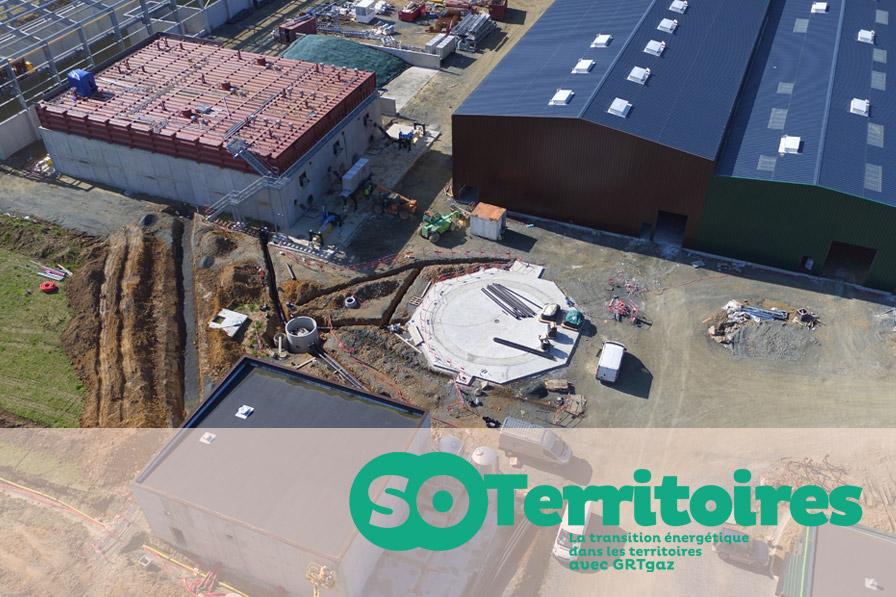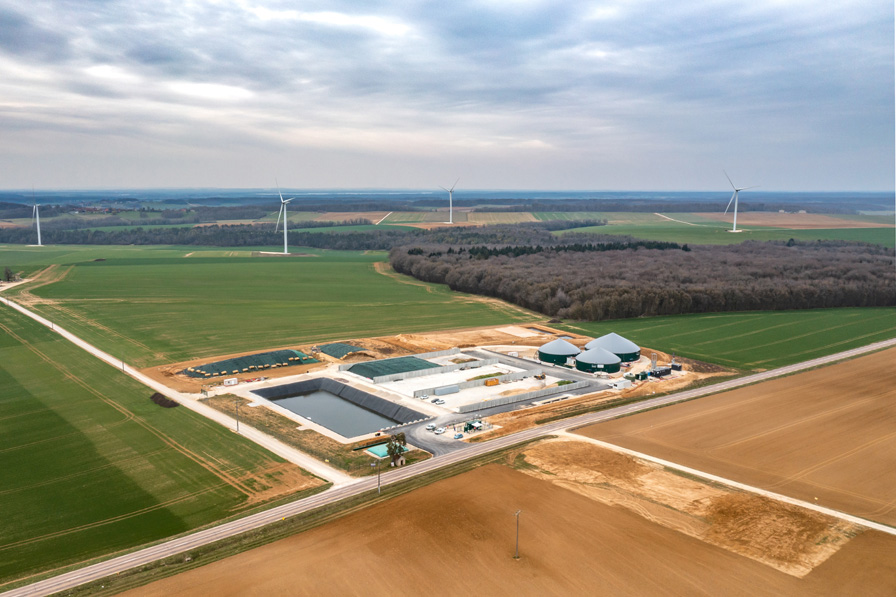Anaerobic digestion: a clearer and more specific regulatory framework

Stronger, more specific rules. Below is a summary of the long-waited revisions. The regulatory provisions surrounding the Facilities Classified for Environmental Protection (ICPE) change around every five years to take account of progress made in security across all sectors.

“One of the core aspects of this revision is to quantify the new norms,”Marc Schlienger
Executive Director of the Interprofessional Energy and Environment Technical Association (ATEE) Club Biogaz
“One of the core aspects of this revision is to quantify the new norms,” says Marc Schlienger, Executive Director of the Interprofessional Energy and Environment Technical Association (ATEE) Club Biogaz. Several key technical demands were heightened for the three ICPE schemes for anaerobic digestion units (“declaration”, “registration” and “authorisation”). In terms of preventing liquid overflows, the Decrees strengthen holding capacities and specify the obligations relating to ground sealing and equipment monitoring, as well as the closure of holding tanks. For odour prevention, the revision introduces a requisite distance between new units and the nearest occupied residences. Rules surrounding the containment and processing of odorous materials have also been toughened. The Decrees’ third major change is to introduce a very strict limit on greenhouse gas emissions by anaerobic digestion units.
For Marc Schlienger, these regulatory changes “will open the way for new projects and operational units, according to a ten-year schedule, to contribute to their regions with proper nuisance prevention and performance obligations, giving local populations an increased sense of ownership and involvement. This is another leap forward in the professionalisation of the sector!”
In their own words
Marc Jabouille, Environment Inspector of the Savoie region DDPP* and Inspection Coordinator for the Auvergne-Rhône-Alpes region
“The June 2021 revisions added new details to the existing distancing rules. After lengthy negotiations, there is now a minimum distance between future anaerobic digestion facilities and residences occupied by third parties of 100 metres under the “declaration” scheme. For the “registration” and “authorisation” schemes, this distance increases to 200 metres. These distances only relate to housing, and changes to these limits remain possible for declaration and registration. The new rules also impose new distancing limits between the various items of equipment on the same site.”
* Departmental Division for the Protection of Populations.
Béatrice Rucheton, Vice-President of the Seine-et-Marne Department responsible for the environment
“Our Department is committed to a partnership policy supporting the development of a sustainable anaerobic digestion sector that respects environmental challenges and inhabitants’ living conditions. Formalised in the “CapMétha77” Charter, it brings together nine stakeholders who share our belief that the integration of anaerobic digestion units requires the upstream support of landscape designers’ expertise. Following a Call for Inputs, three contracted firms helped us to draw up a Biogas Production Units Landscape Integration Guide. The guide sets out recommendations to foster the long-term integration of these units (preserving views, choice of tank, selection of local fuels, etc.). The goal is not to hide the units but to make them elements that develop in harmony with our evolving landscapes.”
Subscription form for the SoTerritories and soNews newsletters
Read more

Renewable gases from wet waste

